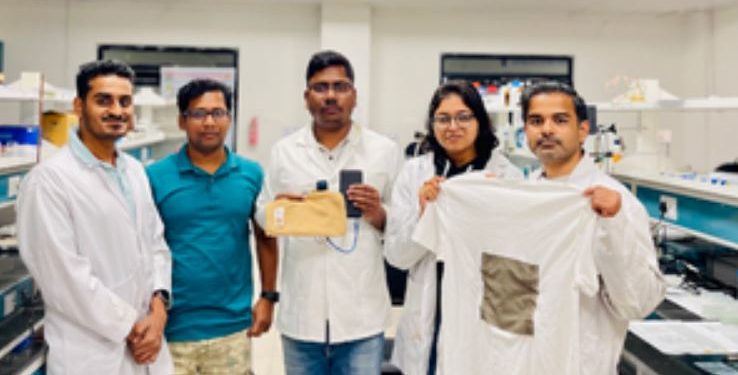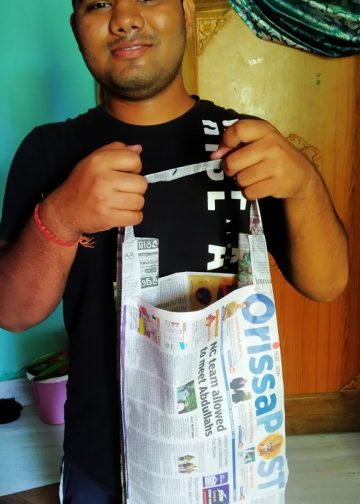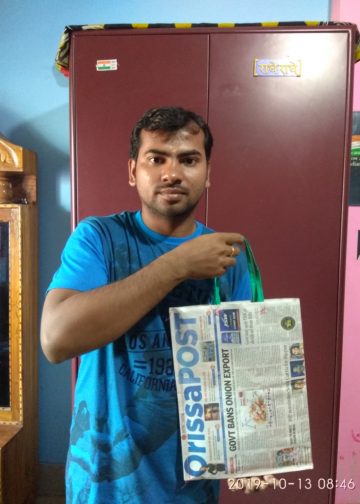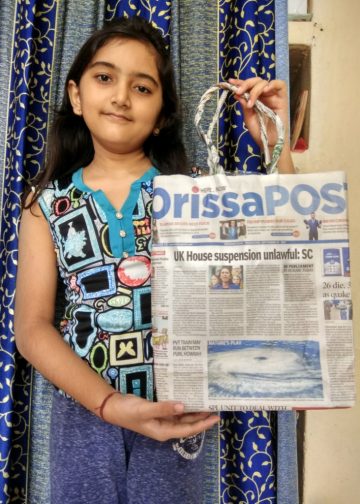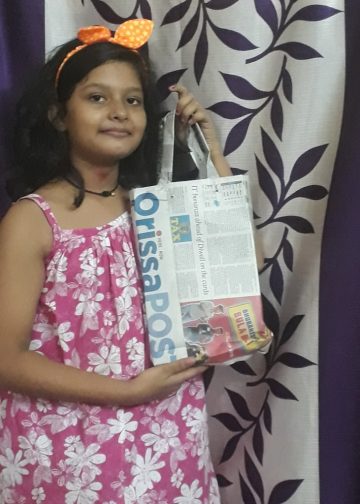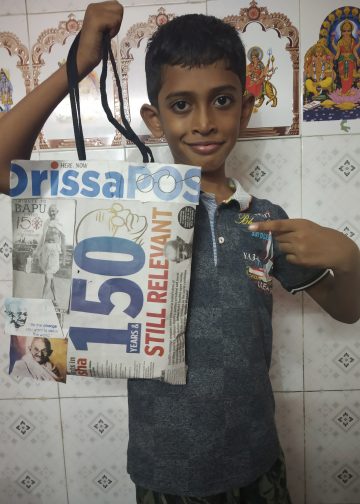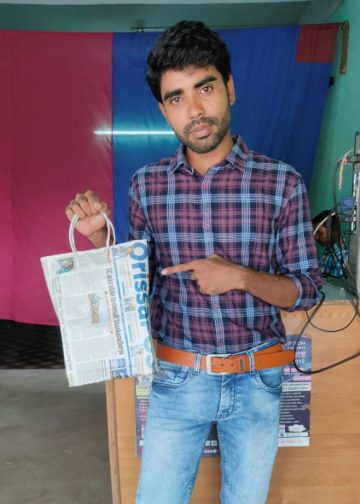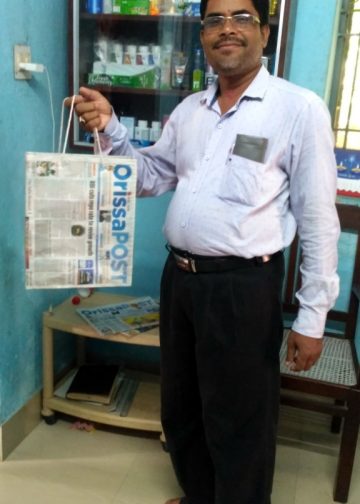Guwahati: Researchers at the Indian Institute of Technology (IIT) Guwahati developed a water-repellent, conductive textile that converts electricity and sunlight into heat.
Designed to keep wearers warm in cold environments, the innovation addresses the serious health risks posed by prolonged exposure to very low temperatures, including hemoconcentration-based arterial blood clotting, breathing difficulties, and weakened immunity.
While conductive textiles offer a lightweight, flexible alternative, existing versions come with poor durability, high power consumption, and vulnerability to water exposure.
The new fabric has sprayed ultra-thin and clean silver nanowires onto cotton fabric to make it conductive. These nanowires are 100,000 times thinner than human hair, allowing electricity to flow through the fabric, and helping it generate heat while remaining soft and flexible.
“Our textile is self-cleanable, breathable, and flexible and can easily be scaled up. Its durability and long-lasting performance make it useful in a range of applications that require controlled heating,” said Prof. Uttam Manna, Department of Chemistry, IIT Guwahati,
The team used silver nanowires, for their exceptional electrical conductivity and the ability to convert both electricity and sunlight into heat. The low electrical resistance of silver allows the electrothermal conversion at low applied voltage and eliminates the risk of electrocution.
While silver nanowires can tarnish over time, affecting performance, the researchers applied a water-repellent coating to the silver nanowires to protect them against oxidation, water, and stains.
The coating, inspired by lotus leaves, has a microscopic rough surface texture, which causes water to roll off instead of soaking in. This keeps the textile dry, ensuring long-lasting conductivity and effective heating, even in damp conditions.
The water-repellent coating also prevents damage from sweat, rain, or accidental spills, making it reliable for outdoor and everyday applications, the researchers said, in the paper published in the journal Nano-Micro-Small.
Further, the textile can convert electricity using a small rechargeable battery or solar energy into heat and can maintain a desired temperature between 40 degrees Celsius and 60 degrees Celsius for over 10 hours.
The researchers tested the textile in wearable knee and elbow bands, demonstrating its potential to provide sustained warmth for individuals working in cold environments and arthritis patients needing localised heat therapy.
IANS

